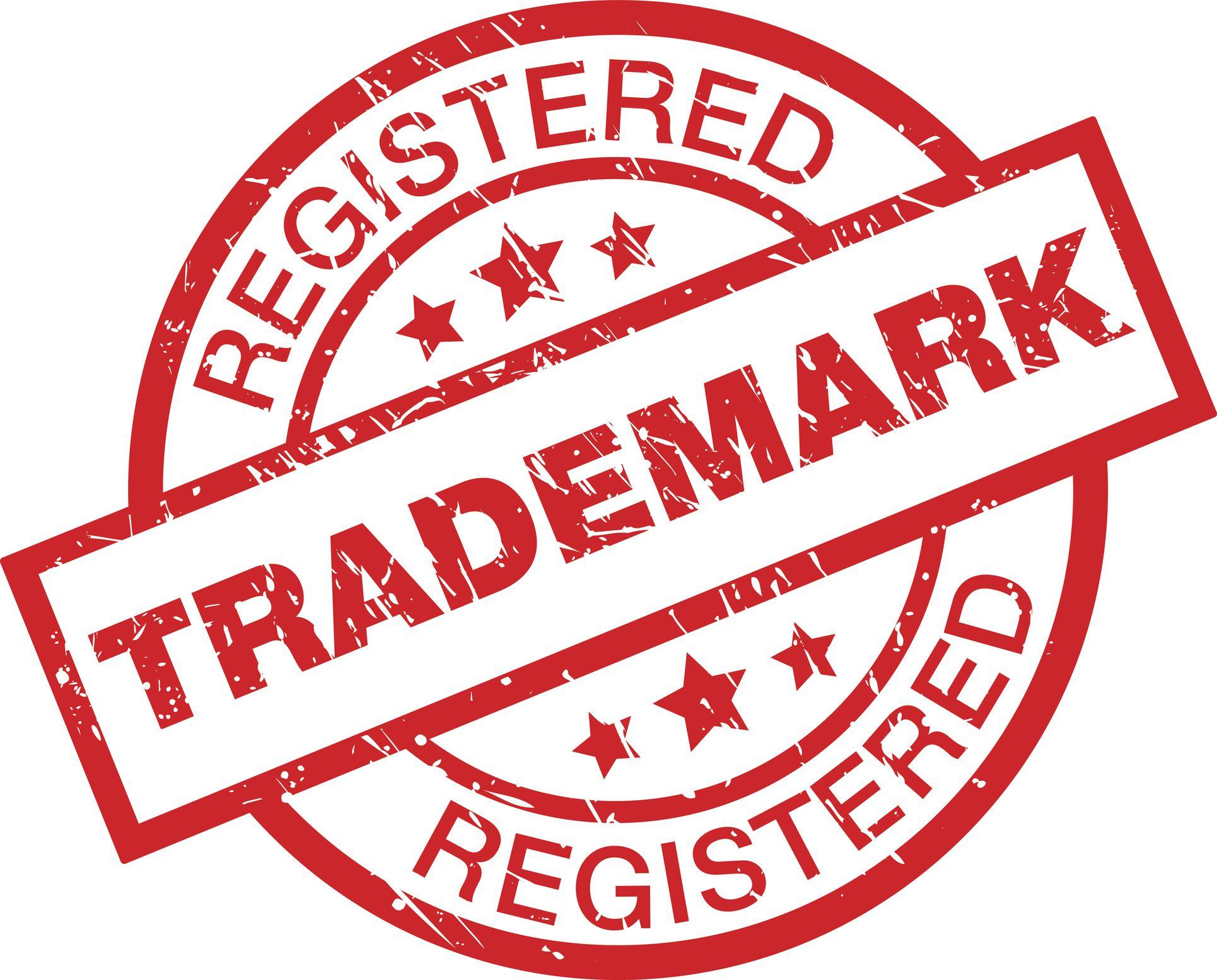Trademark is a recognizable design, phrase, or mark that distinguishes a product or service from a particular source from those of others. Sometimes a mark used to identify a service is called a service mark, especially in the United States. Brand owners can be corporate organizations, legal entities, or individuals and are usually found on a label, packaging, voucher, the product itself, or sometimes even on corporate buildings. The main purpose of a brand is to communicate that the product in question comes from a unique source and to differentiate it from other, similar products. For example, the registration of a trademark serves as protection for a brand name in order to preserve its original authorship.
Trademarks are protected by intellectual property rights. Intellectual property refers to a creation of the mind and a monopoly on this mind that is transferred to the owner of this intellectual property and is legally protected. Brands, patents, copyrights and design rights are all part of intellectual property. Any unauthorized use of the trademark by manufacturing or trading counterfeit consumer goods constitutes an infringement of intellectual property rights known as trademark piracy. In the event of such an infringement, the trademark owner can take legal action against a trademark infringement.
Reasons for registering and protecting your trademark
Some countries, including the United States and Canada, recognize common law trademark rights that allow steps to be taken to protect a brand name even if no trademark has been registered on it. Nevertheless, compared to registered trademarks, it offers significantly less legal protection. Most countries now require formal trademark registration in order to take legal action against trademark infringement. Below is a quick guide on how to go through the process of registering your own trademark.
If the brand name is already used before the trademark is registered, there is an option to apply for registration based on the concept of commercial use, specifying the commercial use and the date of first use Used. The declaration is usually contained in the standard application form, which must then be submitted to the competent authority with a sample showing the use of the brand name. Before submitting the registration form, it is necessary to search for existing trademarks for a particular brand name - this can be done online.
Recent big trademark violation cases
There can be found numerous trademark infringement cases in the history of intellectual property rights. Each of them serves as a reminder that a violation of intellectual property is as serious offense as violation of physical property.
#1 Louis Vuitton vs Louis Vuiton Dak
Fashion designer Louis Vuitton recently won a trademark lawsuit against a South Korean fried chicken restaurant, Louis Vuiton Dak. The court ruled that not only the name of the restaurant is too similar to the fashion brand, also its logo and packaging closely resembled designer’s iconic imagery.
#2 Starbucks vs Freddocino
In 2016, Starbucks took a legal action against the company owning the Coffee Culture Cafe in New York after it launched a drink called the Freddocino. Starbucks owns a trademark for the term Frappucino and states that not only both names have too many similarities, but also both drinks have the same structure and visual appearance.
#3 3M vs 3N
3M commenced a legal action against a Chinese company using a brand name 3N and won stating that the company managed to acquire clients and a significant market share thanks to similarities with the 3M and its high distinctiveness and reputation of this brand name.
